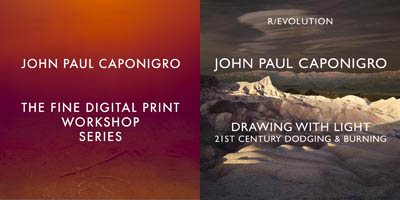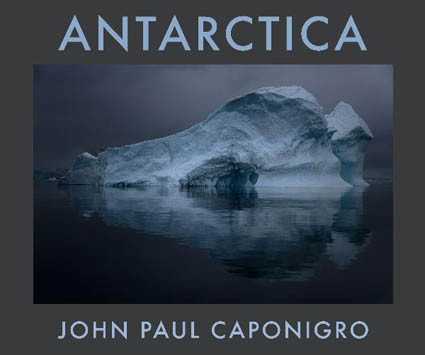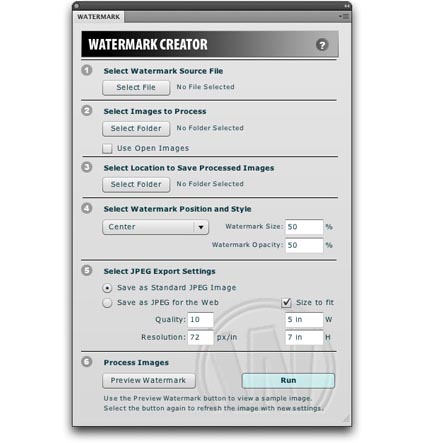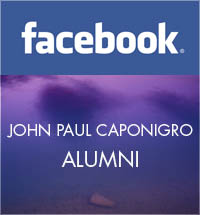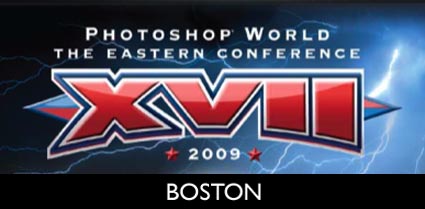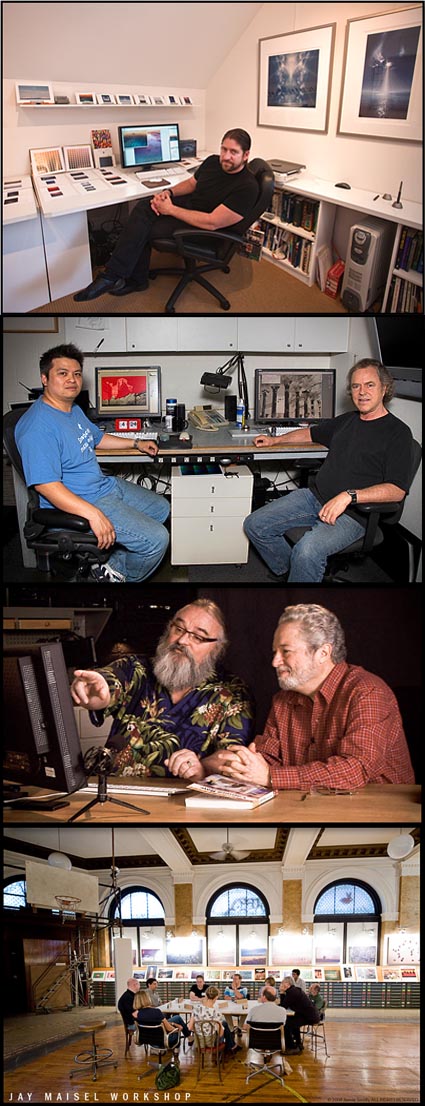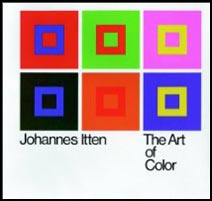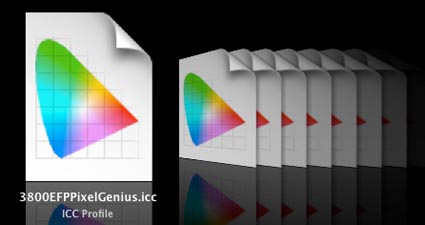Earth Hour – Saturday March 28, 8:30 – 9:30pm
This year, Earth Hour has been transformed into the world’s first global election, between Earth and global warming.
For the first time in history, people of all ages, nationalities, race and background have the opportunity to use their light switch as their vote – Switching off your lights is a vote for Earth, or leaving them on is a vote for global warming. WWF are urging the world to VOTE EARTH and reach the target of 1 billion votes, which will be presented to world leaders at the Global Climate Change Conference in Copenhagen 2009.
This meeting will determine official government policies to take action against global warming, which will replace the Kyoto Protocol. It is the chance for the people of the world to make their voice heard.
VOTE EARTH by simply switching off your lights for one hour, and join the world for Earth Hour.
Saturday, March 28, 8:30-9:30pm.
Find out more here.
And here.


